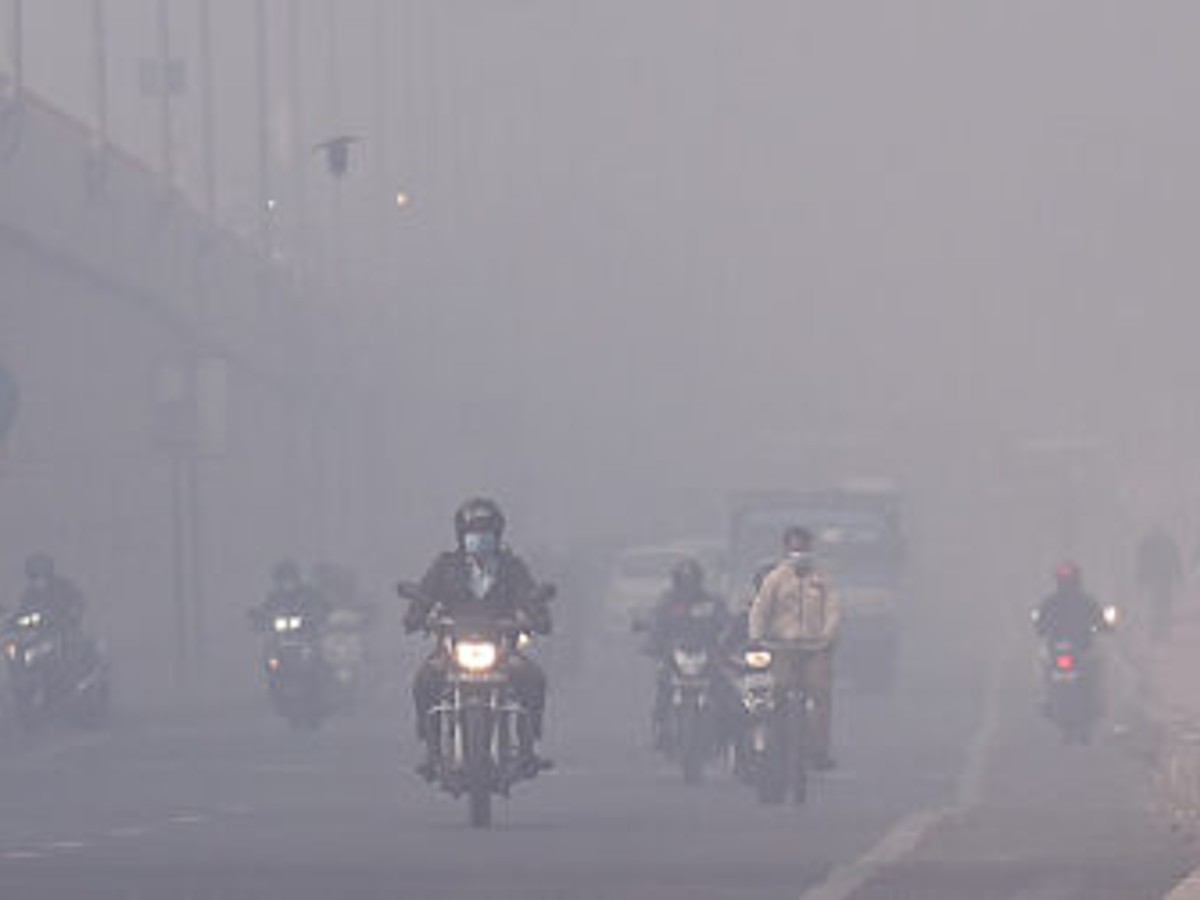Delhi’s air quality edged closer to the ‘severe’ category on Monday morning due to calm winds and cloudy conditions trapping pollutants, monitoring agencies said.
A dense layer of smog enveloped Delhi and its neighbouring areas, drastically reducing visibility to just 600 meters at 8 am at the Safdarjung Observatory, the national capital’s primary weather station. Similarly, the visibility stood at 800 meters at the Indira Gandhi International Airport.
An official from the India Meteorological Department said that there might be a slight increase in wind speed and the possibility of light rainfall during the day, which could bring marginal relief. However, the forecast indicates unfavourable atmospheric conditions likely to persist for the next two to three days.
The Air Quality Index (AQI) for Delhi measured 400 at 9 am.
The 24-hour average AQI, assessed at 4 pm daily, fluctuated as follows: 395 on Sunday, 389 on Saturday, 415 on Friday, 390 on Thursday, 394 on Wednesday, 365 on Tuesday, 348 on the previous Monday, and 301 on November 19.
The AQI scale categorises air quality as follows: between zero and 50 as ‘good’, 51 to 100 as ‘satisfactory’, 101 to 200 as ‘moderate’, 201 to 300 as ‘poor’, 301 to 400 as ‘very poor’, 401 to 450 as ‘severe’, and above 450 as ‘severe-plus’.
This November, the national capital has experienced 10 days with severe air quality.
Comparatively, Delhi encountered only three severe air quality days in November last year, whereas it saw 12 such days in 2021, marking the highest count in the month since monitoring by the Central Pollution Control Board (CPCB) began.
The records show nine severe air quality days in November 2020, seven in 2019, five in 2018, seven in 2017, 10 in 2016, and six in 2015, as per the CPCB.
A joint project by the Delhi government and the Indian Institute of Technology-Kanpur indicated that biomass burning contributed significantly, accounting for 31 to 51 percent of the capital’s air pollution in recent days.
Gopal Rai, Delhi’s Environment Minister, has directed relevant agencies and departments to strictly enforce restrictions on polluting vehicles and curb the increasing incidents of biomass burning. (With inputs from PTI)





